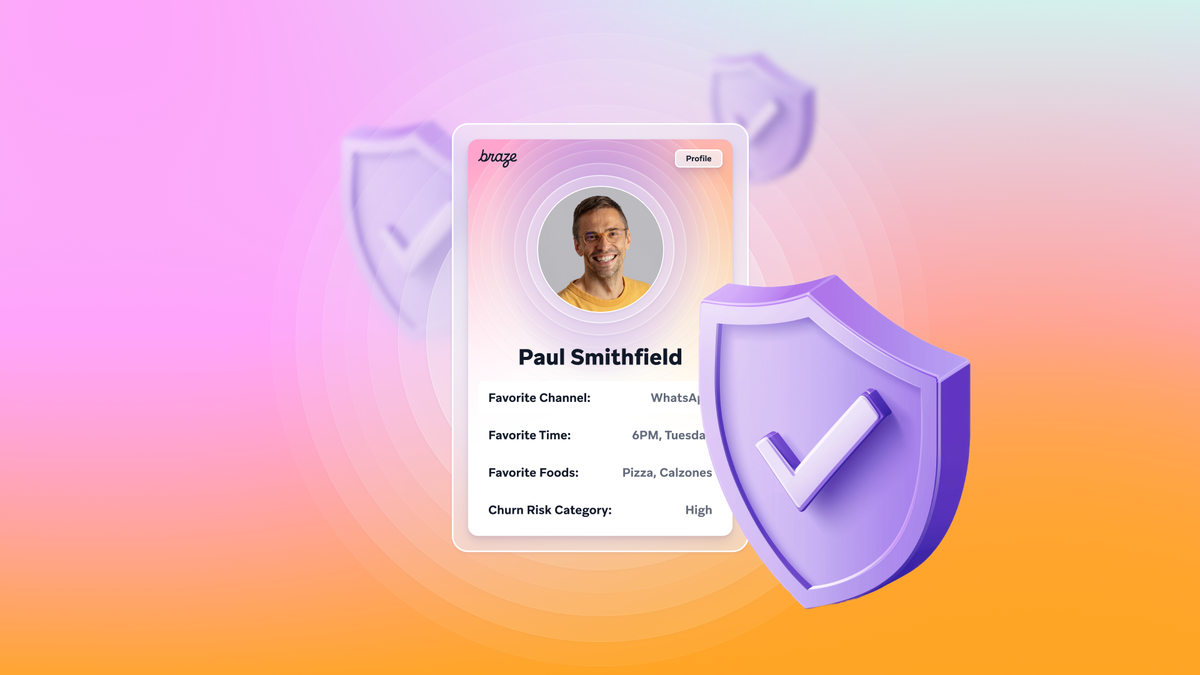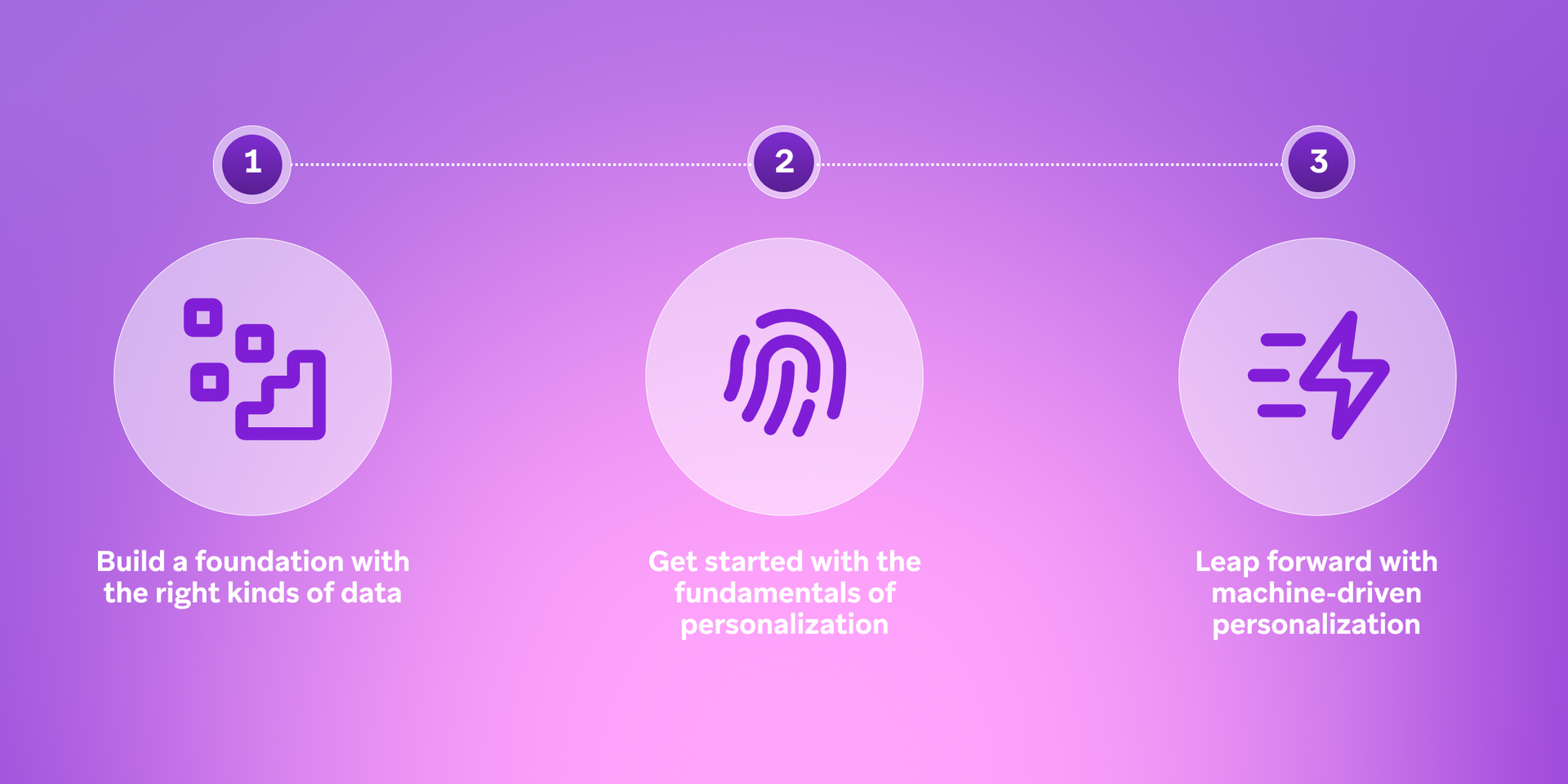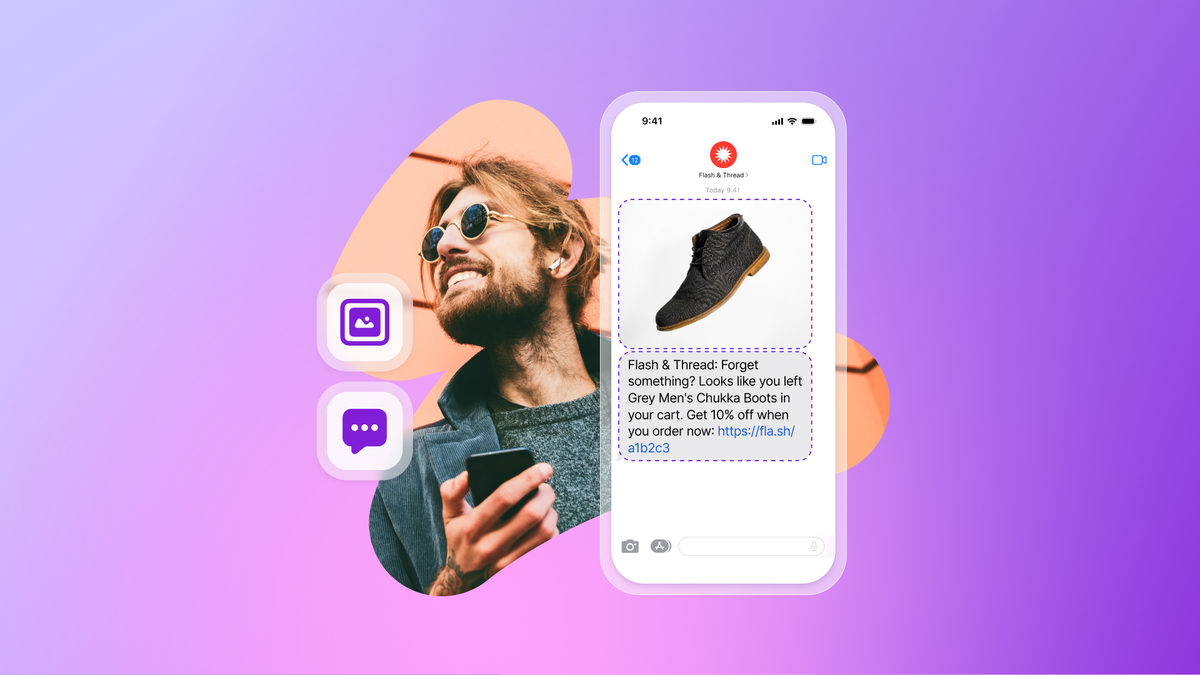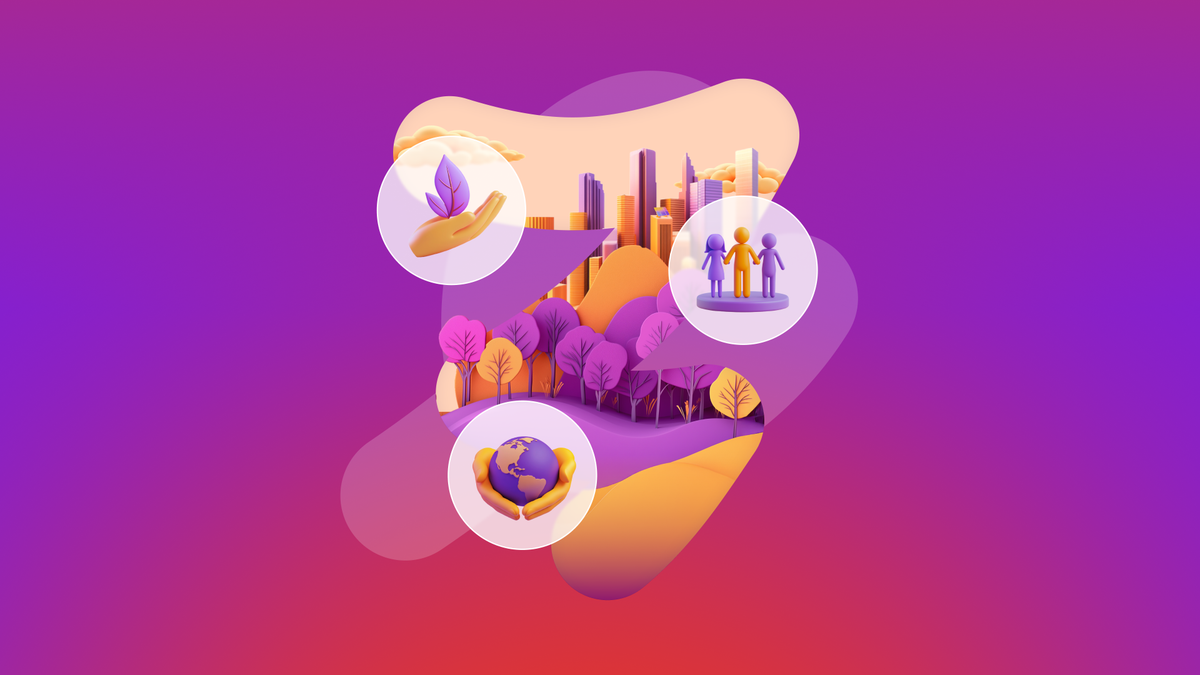Providing tailored experiences in an era of privacy
Published on November 03, 2025/Last edited on November 03, 2025/6 min read


Team Braze
The volume of data consumers generate globally on a daily basis is astonishing. In 2020, 64.2 zettabytes of data were produced throughout the year. To put that into perspective, that’s the equivalent of 64.2 trillion gigabytes and more data than the number of stars that can be detected in the universe. Today, we’re already eclipsing that staggering milestone, with experts predicting we’ll create an average of 463 exabytes of data per day in 2025, or about 169 zettabytes of data annually.
However, for brands, capturing more customer data hasn’t necessarily translated into a better understanding of the consumer. Nor has it led to being able to deliver better, more personalized customer experiences.
As an added challenge, marketers must collect and leverage consumer insights in ways that adhere to privacy laws and, ultimately, add value for the end user (rather than come across as invasive).
It’s not easy, but many brands have figured out what works and you can, too—starting with a solid foundation built on the right data, then by getting a handle on the fundamentals of personalization, and, finally, embracing next-level personalization while successfully avoiding intrusion. Here’s how to get started.
The three stages of personalization maturity

Stage 1: Build a foundation with the right kinds of data
It’s not just about collecting any data you can, it’s important to plan how to use specific data, and then mapping your data collection strategy to meet those needs. After all, data has to be gathered in real time; updated continuously via an SDK, API, or partner integration; and your tech stack needs to be connected to be able to pass the data seamlessly across systems.
Where possible, you should take advantage of zero-copy data solutions and other capabilities that won’t require maintaining and managing duplicate copies of information across different parts of your tech stack.
And, in an era of privacy regulations and concerns, you’ll be best positioned for success if you prioritize gathering either zero-party data that customers are willingly and proactively sharing with your company or first-party data that customers give their consent to share directly with your company via your owned channels. Think: using surveys to ask your customers directly about their channel preferences or favorite products, or tracking which products they explore on your website.
Before you ask customers to provide their data, you’re more likely to see higher opt-in rates if you’re upfront about how you plan to use it to offer a more tailored experience. PwC researchers have found that most consumers (82%) are willing to share some information in exchange for a more personalized experience.
Consider using priming campaigns, such as location sharing primers, to “prime” your website visitors or app users to share their data by explaining the value of opting in and how you’ll use their data to curate better, more targeted recommendations or communications.
Stage 2: Get started with the fundamentals of personalization
Once you have the right data in place, you can begin with some of the most common types of personalization, including:

Which personalization tactics will be the most effective for your brand will vary based on your industry, region, and customer segment. For the best results, walk before you run. Being thoughtful about customizing experiences is more important than moving fast.
Stage 3: Leap forward with machine-driven personalization
In Stage 2 we covered how to get a handle on the basics of personalization—harnessing customer data to personalize messaging and experiences. However in Stage 3, it’s time to take things to the next level, using AI and machine learning to deliver personalized experiences that are predictive, creating the right experiences for the right people at the right time via the right channels.
Predictive AI can pinpoint the likelihood of churn, purchasing, and completing custom events, and these insights can be used to create personalized campaigns that reduce churn (and increase retention), drive purchases, and accelerate custom event conversion rates.
For instance, Pizza Hut was able to boost revenue by 21% when leveraging machine learning to optimize their campaign copy, creative, and channel selection.

Other keys to upleveling personalization at this stage? Brands performing at this level are building smarter segments using generative AI text prompts. They’re making personal product or content recommendations with AI Item Recommendations. And they’re engaging their full audience of unknown and known users and successfully converting unknown users into known users. The gold standard of personalization is AI decisioning, which uses AI agents to find the best channel, product, financial offer, creative, timing & frequency for each individual customer.
Avoid intrusive personalization by following these best practices
- Be transparent about data you’re gathering—no one wants personalization based on information they didn’t know you had.
Personalizing experiences based on information customers don’t know they’re sharing (or haven’t consented to share) is never a good idea. It can damage your relationship with customers, it could go against privacy laws, and, bottom line, it can make customers feel uncomfortable.
- Think through the types of personalization you’re deploying and only use personalization when there’s a clear value to the customer.
Communicating in a language your customer understands? That’s a no brainer. Showcasing products, services, and content relevant to their location, behavior, and interests? Makes a lot of sense. Bombarding your users with relentless retargeting ads or messaging? Not advised. At all. Best-case scenario: You risk being seen as intrusive by consumers. Worst-case scenario: You come across as untrustworthy and out of touch (especially if it’s an ad for a product the customer has already bought, rated, or returned).
- Keep a close eye on your results.
If your personalization isn’t landing with customers, odds are they’ll let you know based on how they engage with your campaigns or via feedback they share with your brand. Using human judgement and oversight when leveraging AI-powered personalization is key.
Final Thoughts
Advancements in AI and other modern technologies are making truly nuanced, comprehensive personalization possible. But let’s be clear: Unwanted or unsettling personalization is worse than none at all.
Personalization is personal. Done right, it’s compelling. Done wrong, it’s alienating.
Get our personalization guide to learn more about the powerful personalization tools and strategies industry-leading brands like Equinox, Joe & the Juice, Ibotta, Rakuten Viber, and Canva are using to drive engagement, revenue, and conversions.


